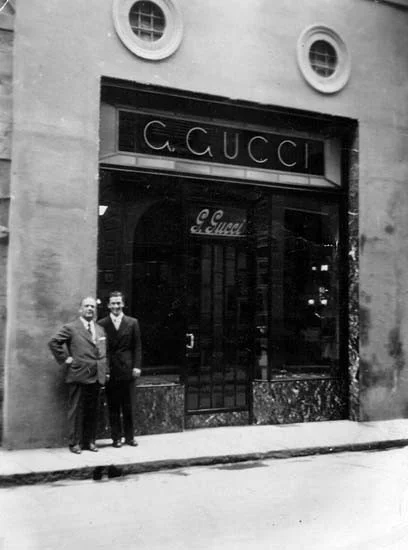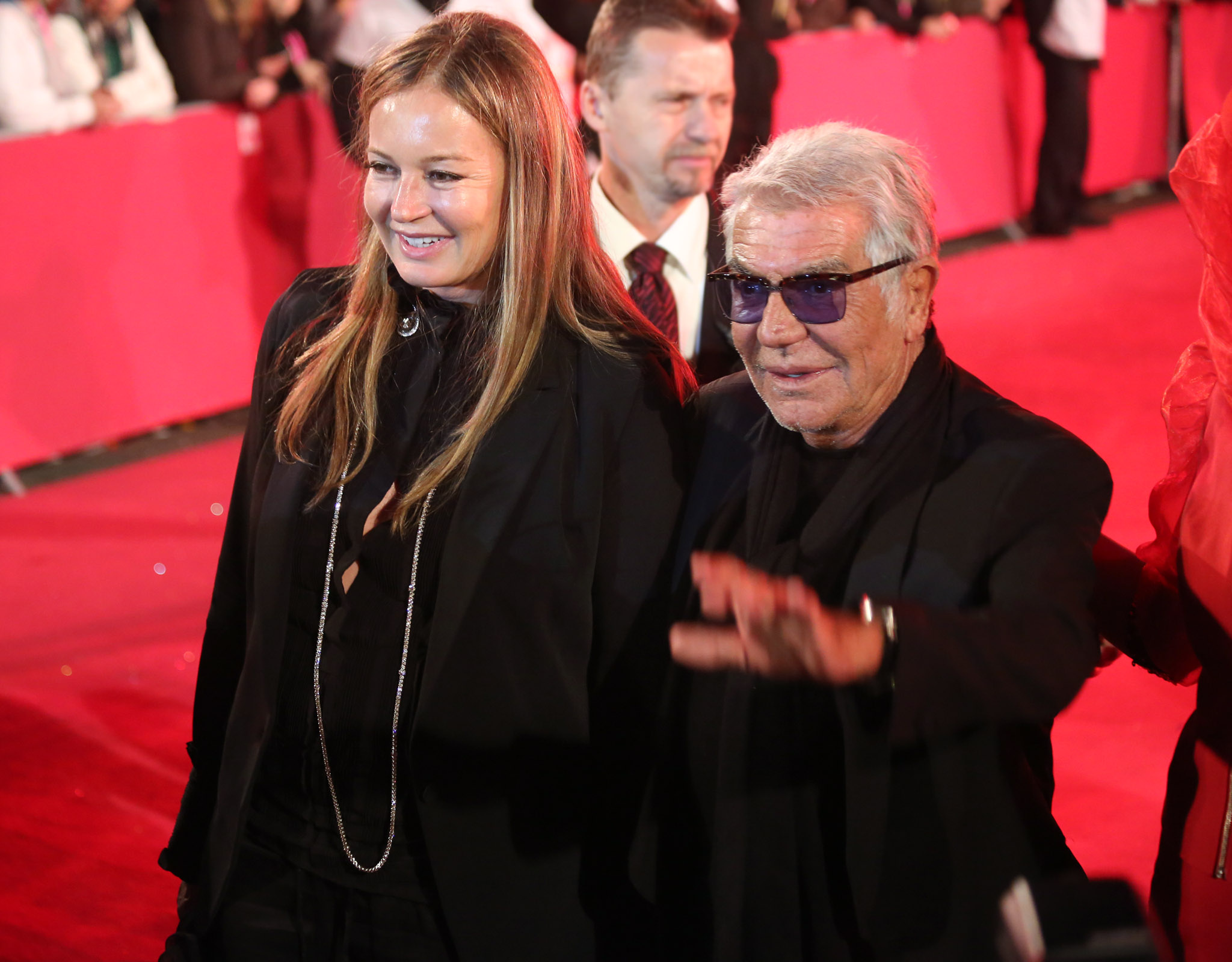Fashion Designers from Florence you should know
Even if Milan is internationally known to be Italys fashion’s capital city, the haute couture industry was born in Florence. On 12 February 1951, businessman Giovanni Battista Giorgini held the first fashion show at Villa Torrigiani. Giovanni had great international contacts and invited the most important buyers from all over the world. When they discovered the elegance of “Made in Italy” they realised that prices were much more competitive than Paris Haute Couture. That's how fashion Made in Italy became the synonym for Luxury Fashion.
Salvatore Ferragamo
After spending 13 years in the US, Salvatore Ferragamo, born near Avellino in Campania ( southern Italy ) returned to Italy and chose the rich city of Florence as new place of work. That was 1927 and he soon began to create shoes for the powerful and wealthiest women of those years. Many Hollywood stars and international celebrities followed wearing his shoes and his business became a great success. In 1995 the Ferragamo family opened the Ferragamo Museum to illustrate Ferragamo’s artistic skills and the important role he played in the history of shoe design and international fashion. This iconic place boasts a collection of 10,000 shoes designed by the artist between 1920 and 1960 as well as photographs, sketches, books and magazines. The museum includes films, press cuttings, clothes and accessories from the 1950s to the present day. Similarly, the museum arranges exhibitions of its own historical collection with the participation of contemporary artists and promotes and hosts events linked to art and culture.
Salvatore Ferragamo | ©Sailko/WikiCommons
Gucci
The son of an Italian merchant, Guccio Gucci left Italy to travel to Paris and London in 1898. Gaining an inspiration and understanding of the cities sophistications and culture, while in London, Gucci worked as the maitre d’ at the Savoy Hotel. On his return to Florence, Gucci started to sell saddles and saddlebags, but due to the rise in automobiles, demand for horse products fell, resulting in Gucci branching out into other accessories. In 1921, Guccio Gucci founded a leather goods company and opened a small luggage store in Florence. With the designs featuring inspiration from London and local master craftsmanship from Tuscan artisans, his reputation built quickly. During the 1930s, the labels success continually grew. International clients’ would throng to the Florence boutique which now provided bags, trunks, gloves, shoes and belts. With many of his clients’ horse-riding aristocrat, a demand for riding gear led Gucci to create the Horsebit icon. The thirties also saw Gucci create the loafer shoe with a gilded snaffle in 1932. The business expanded but the headquarters are still in Florence. The Gucci Museum at the medieval Palazzo della Mercanzia, shows the history of the famous Florentine fashion house and several temporary exhibitions.
Roberto Cavalli
Roberto Cavalli was born on November 15 1940 in Florence, Italy. Artistic talent ran in the family as his grandfather was a celebrated Impressionist painter and his mother a seamstress. He stuttered as a child, which as he would later tell Colin McDowell was cured by a surge in confidence and a new-found fascination with girls. While studying at the Academy of Art in Florence in 1957, Cavalli decided not to become an artist, instead experimenting by applying painterly techniques to textiles in ways that had not been practised before. "My dream, maybe because of my family, was to be a painter. I chose in one moment the direction of textiles; from textiles I went to fashion," he later reflected. In 1970, Roberto Cavalli showcased his revolutionary materials for the first time in his debut collection. "I had this idea to print on leather. I used glove skin from a French tannery, and when I started to print, I saw it was possible to make evening gowns in leather... in pink-unbelievable," he said. Having patented his leather printing technique, he earned commissions from other design houses including Hermès and Pierre Cardin. Own fashion Boutiques followed soon and he became one of worlds famous fashion designers.
Emilio Pucci
Marchese Emilio Pucci di Barsento, an Italian aristocrat and Italian Air Force pilot by profession was born to one of Florence’s oldest noble families. He became designer by chance after experimenting with silk and colors using graphics inspired by ski slopes. Pucci was first noticed by Fashion photographer Toni Frissel, who shot him wearing one of his own designs on a ski slope. Inspired by the Renaissance feel, he is known for his rich colours, unique patterns and fitted pants and dresses. He was one of the first designers using stretch fabrics and invented the carry-it-in-your-handbag jersey dress. He designed beach wear, formal wear, play suits and airline uniforms, revolutionising the look of the fifties and sixties.
Roberto Capucci
Roberto Capucci has been referred to as a fashion maestro, an architect of clothing and also a sculptor, but first and foremost he has been a leading Italian fashion designer. Hailing from Rome, his sculpted apparel much like the abundance of Roman sculpture on display in that wonderful city, is a display of inventiveness. This makes it all the more timeless for its ability to stand out even as the fashion world employs trend after trend with each passing season.
Capucci was born to a wealthy Roman family in 1929. He studied at Rome's famous Accademia di Belle Arti where his artistic ability was already quite pronounced. He worked for a while with the designer Emilio Schuberth but soon opened his own fashion house in Rome in 1950 when he was only twenty-one. That same year, he made his debut at the fashion week in Florence. The young designer was judged the best Italian fashion designer, selected for praise by Christian Dior in 1956. The same year, he received the Medal of Gold of Venice. By 1962, he had another successful couture house operating in Paris, but his main home was in Rome and Florence.
Capucci never designed for commercial success. The runway shows were all held in silence, lacking the buzz and brou-ha-ha that is now customary with any fashion show. He never agreed to the duplication of his gowns for his customers. They had to fit into his runway dress models, or not buy the pieces at all.
My own story and how I contributed to the Italian fashion scene has an own chapter on my website: Alfie Browns history
If not in Florence, visit us in Singapores Cluny Court or Marina Square Mall.
With sunny greetings from Italy and „alla prossima volta“!
Yours,
Alfie Browns





